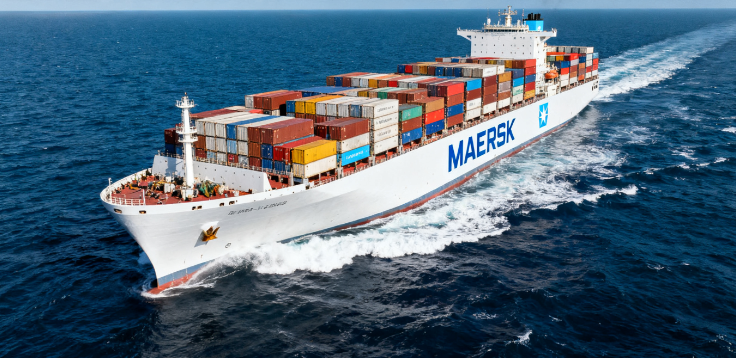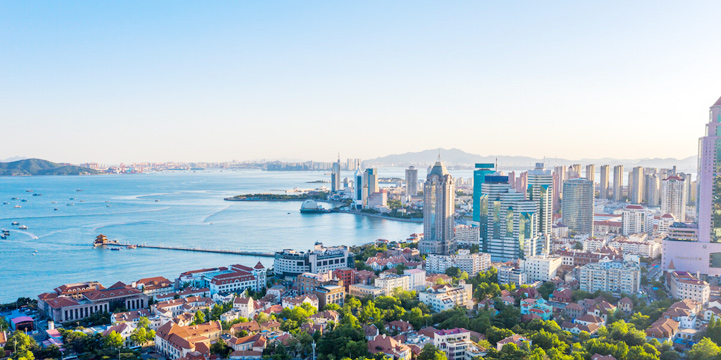
According to the latest statistics from Alphaliner, in the past 12 months, Maersk has added 100,000 TEU of capacity on intra-Asia routes. As of August 2025, Maersk's capacity in this market has reached 298,000 TEU, a 52% year-on-year increase.
Another member of the "2M" alliance alongside Maersk, Hapag-Lloyd, has also significantly increased its capacity on intra-Asia routes, nearly doubling within a year with a growth rate of 97%.
Alphaliner stated in its latest market report, "The main reason for the substantial capacity increase by these two giants is their formation of the '2M' alliance, which has led them to operate more feeder services in the Asian region, achieving a hub-and-spoke network."
According to Alphaliner's data, the total capacity on intra-Asia routes is currently around 2.4 million TEU, with COSCO Shipping leading the market with 300,000 TEU in capacity.
Alphaliner estimates that the annual freight volume on intra-Asia routes exceeds 60 million TEU, while the trans-Pacific route ranges from 25 to 30 million TEU, and the Asia-Europe route from 24 to 26 million TEU. The demand for freight transport on intra-Asia routes continues to grow.
Alphaliner further points out that the overall GDP growth rate of ASEAN is expected to surpass the global average, India is emerging as a significant manufacturing and consumption hub, and the shift in China's role as an exporter and importer will bring more market opportunities. With businesses implementing a "China plus one" manufacturing strategy, production will be more dispersed to countries like Vietnam, India, Indonesia, and Thailand, reshaping the trade landscape, leading to continuous growth in market transport demand.
Some analysts predict that within the next decade, the freight volume on intra-Asia routes could reach 80 million TEU.
Furthermore, amid weaknesses on major routes like the trans-Pacific and Asia-Europe routes, freight rates on intra-Asia routes continue to show growth.
According to Clarkson's data, in the first half of 2025, the freight rate index on intra-Asia routes rose by 11.43% year-on-year. Statistics from Container Trade Statistics show that since 2025, actual freight rates on intra-Asia routes have increased by 15% to 25% year-on-year.
However, as more industry giants increase their investments in the intra-Asia route market, competition is becoming increasingly fierce. The advantages of liner giants in terms of route networks, unit costs, and service quality will impact small and medium-sized enterprises. This necessitates market participants to avoid homogenized competition, emphasize differentiation and specialization, and create unique operational characteristics to better face challenges.
